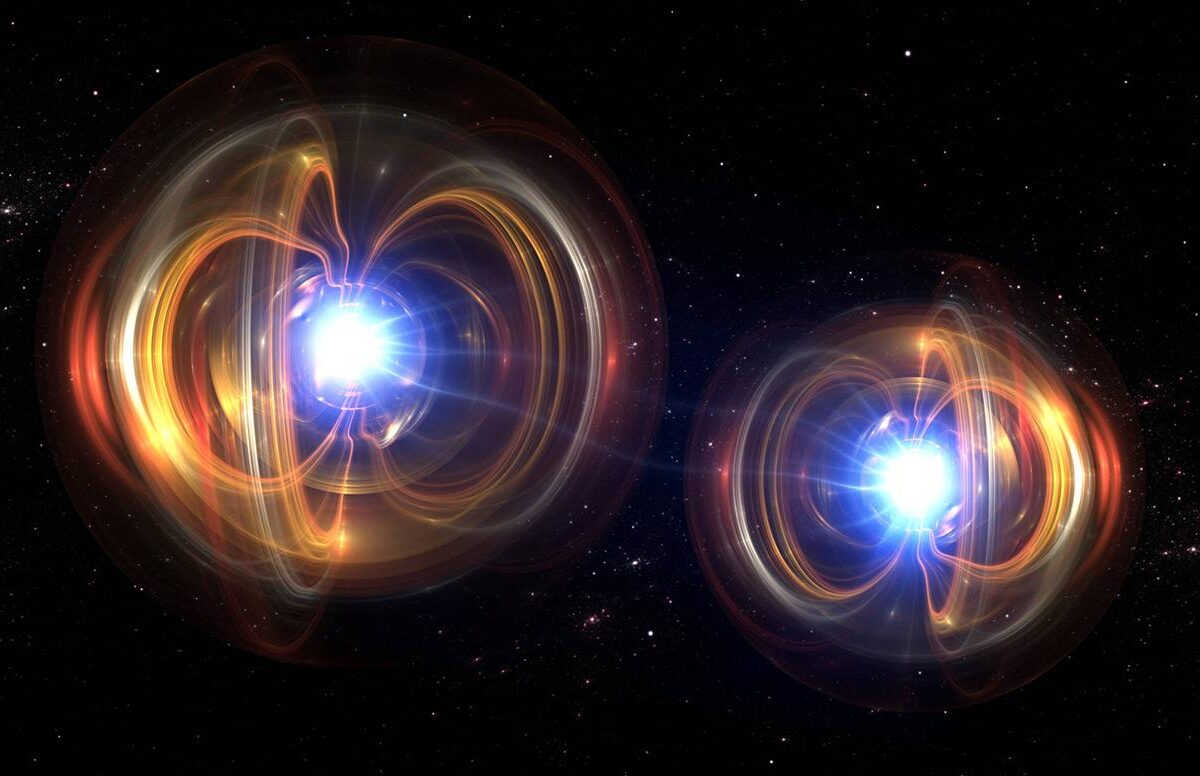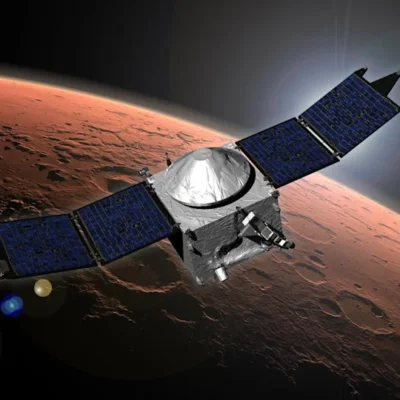In a major leap for quantum physics and materials science, researchers at Washington University in St. Louis have developed a new type of quantum sensor capable of operating under pressures exceeding 30,000 times the Earth’s atmosphere. Built from ultra-thin sheets of crystallized boron nitride, these sensors open new frontiers for studying matter in extreme environments – from the Earth’s core to the edge of quantum technology.
A New Class of High-Pressure Sensors

Led by physicist Chong Zu and his team at WashU’s Center for Quantum Leaps, the innovation addresses a long-standing challenge: how to observe quantum effects under intense pressure. Traditional sensors, including those made from diamond, struggle to maintain proximity and sensitivity when compressed. The new boron nitride sensors, however, are:
- Less than 100 nanometers thick – about 1,000 times thinner than a human hair
- Two-dimensional, allowing near-direct contact with the material being studied
- Resilient under extreme force, surviving compression between diamond anvils
How They Work
The sensors are created by bombarding boron nitride sheets with neutron radiation, which knocks out boron atoms and creates vacancies. These vacancies trap electrons whose quantum spin states shift in response to nearby magnetic fields, stress, and temperature. By monitoring these spin changes, scientists can extract detailed quantum-level data about the surrounding material.
| Component | Function |
|---|---|
| Boron nitride sheet | Host material for quantum sensing |
| Neutron radiation | Creates atomic vacancies |
| Trapped electrons | Respond to environmental changes via spin |
| Diamond anvils | Apply high pressure without breaking |
Why It Matters
This breakthrough has wide-ranging implications across multiple fields:
- Quantum Technology: Enables more precise measurements for quantum computing and sensing
- Material Science: Reveals how materials behave under extreme stress or magnetism
- Geology: Helps simulate conditions deep within Earth’s mantle and core
- Astronomy: Offers tools to study matter under stellar or planetary pressures
- Superconductivity Research: May help resolve debates about room-temperature superconductors
Real-World Testing
Initial experiments showed the sensors could detect subtle magnetic shifts in a two-dimensional magnet. The team plans to expand testing to geological samples, including rocks from high-pressure zones. “Measuring how these rocks respond to pressure could help us better understand earthquakes and other large-scale events,” said Zu.
Looking Ahead
With the combination of boron nitride sensors, diamond anvils, and high-pressure chambers, researchers now have a powerful toolkit for exploring the quantum behavior of materials under extreme conditions. As co-author Reginald Gong noted, this technology could finally provide the data needed to settle long-standing questions in superconductivity and other frontier areas of physics.
The full study was published in Nature Communications, and marks a promising step toward unlocking the secrets of matter under pressure—one quantum spin at a time.





